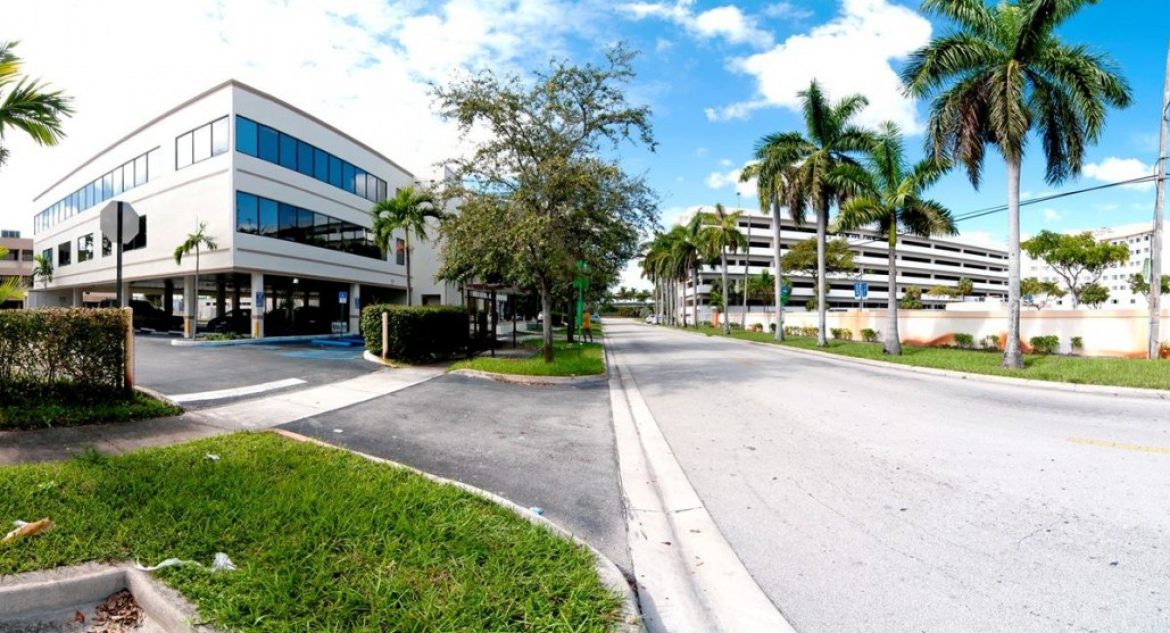Commercial real estate investors should look no further than the urban cores of Little Havana, The Roads, Little River and Coconut Grove. It’s the right time to invest, says Bill Kerdyk Jr., despite the pandemic causing some retailers and restaurants to close.
Kerdyk leads the Coral Gables-based, family-owned Kerdyk Real Estate, which first opened in 1926. Kerdyk bought the real estate investment and property management firm in 1991 from his uncle. The company leases and manages commercial real estate and sells residential real estate across Miami. While managing the family business, Kerdyk. served as a commissioner for the City of Coral Gables for 20 years, following in the footsteps of his father and uncle.
RE|source Miami checked in to get his view of the current commercial market.
Q: How is the pandemic changing how commercial real estate investors reevaluate their portfolio?
Kerdyk: Rent collection is the new metric for real estate during the pandemic and real estate investors are keenly aware of the impact on their net operating income. Declining collections and leasing spreads, characterized by lower leasing rates and additional landlord concessions, are forcing investors to re-evaluate their options and make tough decisions moving forward. Much of the retail, shopping centers, hospitality and entertainment venues are under pressure — forcing investors to make decisions whether to re-purpose and re-lease their properties, refinance, sell, or in some cases, return the properties to lenders.
Q: You sold your property 147 Alhambra Circle for $5.275 million in late September after acquiring it for $1.2 million in 2002. Where are you reinvesting that capital?
Kerdyk: The Alhambra building was sold based primarily on the premium offered for the property and because of reinvestment opportunities that will arise in the South Florida market to better deploy the capital. As an investor, I am in the process of identifying suitable properties that meet my investment criteria. I seek value-added properties that have upside income generation potential, upon releasing or repositioning of the asset. I look for assets in a stable and improving market that will provide for long- term appreciation that meet or exceed my minimum Return on Investment criteria.
Many other investors are certainly seeking to sell and reinvest the proceeds in more stable sectors but demand for real estate in the South Florida commercial market remains strong, and there are challenges to reinvesting the proceeds in this competitive environment.
Q: What type of real estate do you expect to go under foreclosure? Retail? Office? Hospitality spaces? Which of these assets are expected to get scooped up by investors and why?
Kerdyk: The pandemic has expedited the existing division already underway between essential and non-essential real estate sectors in our economy. While single-family housing remains a leader of the economic recovery here in South Florida, the best- performing commercial sectors include industrial, multifamily and healthcare, which remain very attractive in the current environment — and more so in this low interest rate environment which is expected to continue for some time.
Struggling sectors include retail, hospitality and entertainment venues, and to a lesser extent office product. These are some sectors where opportunities may exist for savvy investors with a plan to purchase and re-purpose the property. Demand for South Florida real estate remains high, despite the uncertainty related to the pandemic.
Q: What South Florida neighborhoods offer the best opportunity for commercial real estate?
Kerdyk: There are opportunities throughout South Florida in the commercial and housing segments. For commercial investing, in general, those submarkets in close proximity to the urban cores of Little Havana, The Roads, Little River and Coconut Grove remain in high demand. This demand is expected to continue post pandemic, despite the recent trend to flee these dense residential areas for more open space during the pandemic.
It is no coincidence that some of the best commercial corridors for investment are located close in to an affluent residential base or in close proximity to areas experiencing rapid growth of multifamily units. For example, mixed-use, walkable and sustainable urban developments, with significant growth in multifamily units, are currently transforming the Coral Gables Merrick Park area. The same thing is happening in Coconut Grove, along the U.S. 1 corridor and throughout Miami.
The best deals in real estate are those that meet the investor’s investment parameters for risk, investment timeline, capital available to invest, and a variety of other considerations. That’s really how you define what’s appropriate for each investor. Some investors seek income, others capital appreciation or a combination thereof, while another investor may seek capital preservation.
Q: What type of real estate in South Florida will likely have the best return for investors in the next 10 years and why?
Kerdyk: I expect trends related to sector bifurcation to continue after the pandemic and believe that housing, industrial, multifamily and healthcare will continue to provide some of the best opportunities, in part due to continuing product demand for these types of assets. I see high-end prime retail and entertainment venues stabilizing and making a comeback as early as next year. I expect lesser retail venues to continue to be under pressure until the retail space is repurposed to a variety of service retail uses.
Overall, I believe impressive demographics, especially net inflows to the South Florida region, to have a continuing favorable impact on valuations. The fact that Florida has no state income tax, and a scarcity of available land for building, also provide a solid base for real estate investment growth in South Florida.
Source: Miami Herald

